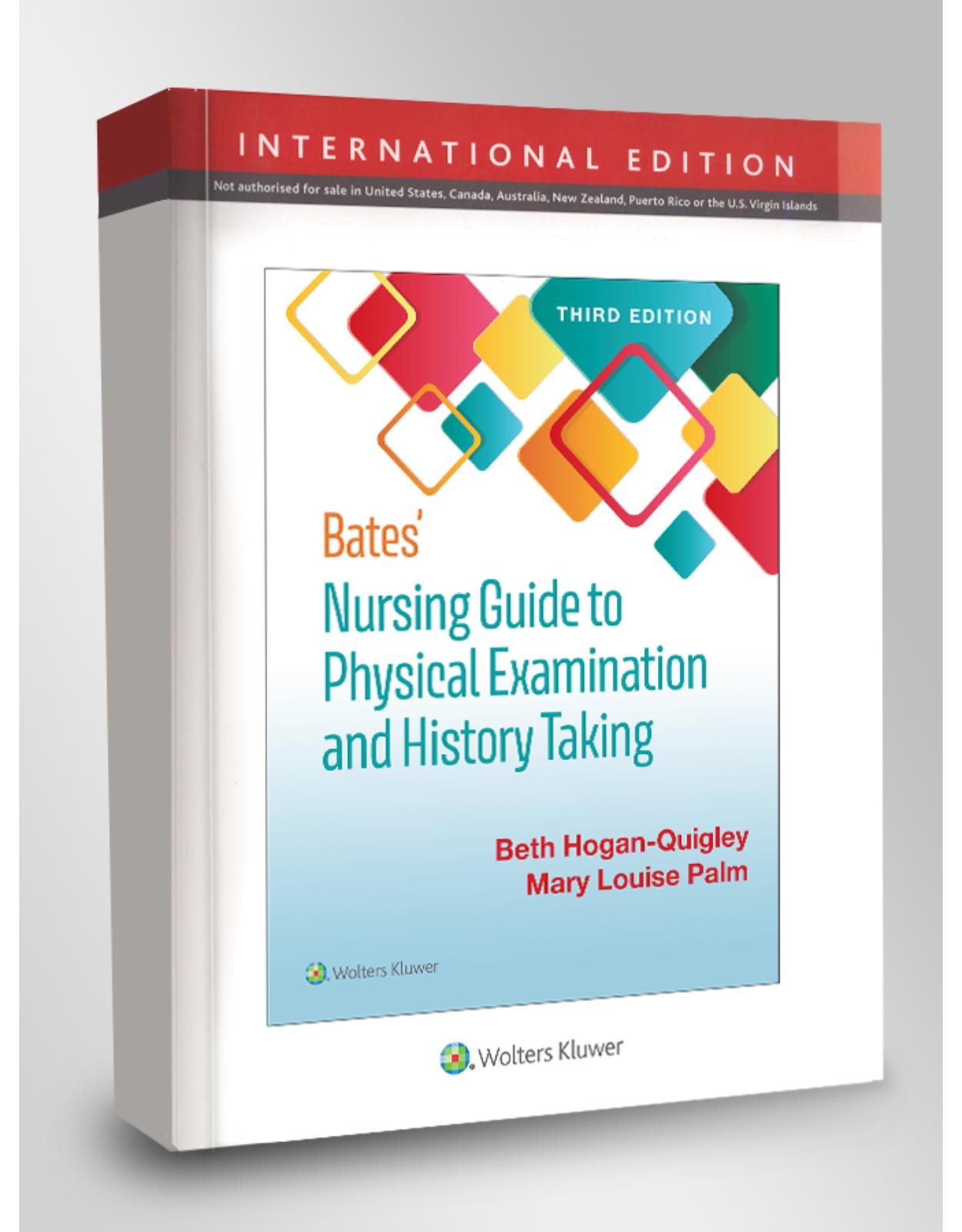
Bates' Nursing Guide to Physical Examination and History Taking
Livrare gratis la comenzi peste 500 RON. Pentru celelalte comenzi livrarea este 20 RON.
Disponibilitate: La comanda in aproximativ 4 saptamani
Editura: LWW
Limba: Engleza
Nr. pagini: 1040
Coperta: Hardcover
Dimensiuni: 28.3 x 3.8 x 21.8 cm
An aparitie: Decembrie 2021
Description:
Adapting the proven techniques and vibrant visuals of Bates’ gold-standard assessment text specifically for nursing students, Bates’ Nursing Guide to Physical Examination and History Taking, 3rd Edition, makes essential assessment concepts accessible and helps students develop and practice the skills for success in physical examination and history taking. This extensively updated 3rd Edition combines Bates’ clear, trusted approach with the latest clinical research and evidence-based practices to give your students unparalleled preparation for effective patient assessment in today’s nursing practice.
Table of Contents:
Unit 1: Foundations
1 Introduction to Health Assessment and Social Determinants of Health
HEALTH
HEALTH ASSESSMENT
Role of the Nurse in Assessment
REFERENCES
2 Critical Thinking and Clinical Judgment in Health Assessment
TYPES OF PATIENT DATA
Obtaining Subjective Data
NURSING PROCESS
ASSESSMENT AND ANALYSIS: THE PROCESS OF CLINICAL REASONING
Identifying Problems and Making Nursing Analyses: Steps in Clinical Reasoning
RECORDING YOUR FINDINGS: THE CASE OF MRS. N
Generating the Problem List
The Challenges of Clinical Data
Sample Progress Note
EVALUATING CLINICAL FINDINGS
LIFELONG LEARNING: INTEGRATING CLINICAL REASONING, ASSESSMENT, AND ANALYSIS OF CLINICAL EVIDENCE
BIBLIOGRAPHY
CITATIONS
ADDITIONAL REFERENCES
3 Interviewing and Communication
PHASES OF INTERVIEWING
Phase 1: Pre-Interview
Take Time for Self-Reflection
Review the Medical and Nursing Records
Set Goals for the Interview
Review Clinical Behavior and Appearance
Adjust the Environment
Take Notes
Phase 2: Introduction
Greet the Patient and Establish Rapport
Establish the Agenda
Phase 3: Working Phase
Invite the Patient’s Story
Identify and Respond to the Patient’s Emotional Cues
Expand and Clarify the Patient’s Story
Generating and Testing Diagnostic Hypotheses
Create a Shared Understanding of the Problem
Negotiate a Plan
Phase 4: Termination
Summarize Important Points and Discuss Plan
THERAPEUTIC COMMUNICATION TECHNIQUES
Active Listening
Guided Questioning: Options to Expand and Clarify the Patient’s Story
Nonverbal Communication
Empathic Responses
Validation
Reassurance
Summarizing
Transitions
Empowering the Patient
ADAPTING THE INTERVIEW FOR SPECIFIC PATIENTS
The Silent Patient
The Confusing Patient
The Patient with Altered Capacity
The Talkative Patient
The Crying Patient
The Angry or Disruptive Patient
The Dying Patient
The LGBTQIA Patient
The Interview across a Language Barrier
The Patient with Low Literacy
The Patient with Impaired Hearing
The Patient with Impaired Vision
The Patient with Cognitive Disabilities
The Patient with Personal Problems
Sexuality in the Nurse–Patient Relationship
ETHICS OF INTERVIEWING
BIBLIOGRAPHY
CITATIONS
ADDITIONAL REFERENCES
4 The Health History
TYPES OF PATIENT HEALTH HISTORIES
THE COMPREHENSIVE ADULT HEALTH HISTORY
Overview
Initial Information
Chief Complaint(s)
History of Present Illness
Past History
Alcohol and Drugs
Family History
Review of Systems
Health Patterns
SENSITIVE TOPICS THAT CALL FOR SPECIFIC APPROACHES
The Sexual History
The Mental Health History
Family Violence
DOCUMENTING THE HEALTH HISTORY
BIBLIOGRAPHY
CITATIONS
ADDITIONAL REFERENCES
Health Promotion and Counseling
5 Cultural and Spiritual Assessment
CULTURE AND SPIRITUALITY
CULTURAL ASSESSMENT
THE THREE DIMENSIONS OF CULTURAL HUMILITY
Self-Awareness
Respectful Communication
Collaborative Partnerships
Transcultural Perspectives on the Health History
THE HEALTH ASSESSMENT
SPIRITUAL ASSESSMENT
BIBLIOGRAPHY
CITATIONS
ADDITIONAL REFERENCES
Spiritual Care
Culture
6 Physical Examination: Getting Started
THE COMPREHENSIVE ADULT PHYSICAL EXAMINATION
Beginning the Examination: Setting the Stage
Reflecting on Your Approach to the Patient
Adjusting the Lighting and the Environment
Checking Your Equipment
Observing Standard and Universal Precautions
Making the Patient Comfortable
Patient Privacy and Comfort
Draping the Patient
Courteous Clear Instructions
Keeping the Patient Informed
THE CARDINAL TECHNIQUES OF EXAMINATION
SEQUENCE OF EXAMINATION
BIBLIOGRAPHY
CITATIONS
ADDITIONAL READINGS
7 General Survey Including Vital Signs and Pain
GENERAL SURVEY
Apparent State of Health
Level of Consciousness
Facial Expression
Posture, Gait, Motor Activity, and Speech
Odors of the Body and Breath
Skin Color and Obvious Lesions
Dress, Grooming, and Personal Hygiene
Signs of Distress
THE VITAL SIGNS
Blood Pressure
Monitoring Blood Pressure
Choice of Blood Pressure Cuff (Sphygmomanometer)
Technique for Measuring Blood Pressure
Measuring Blood Pressure
Classifications of Blood Pressure
High Blood Pressure
Low Blood Pressure
Special Circumstances
Weak or Inaudible Korotkoff Sounds
Arrhythmias
White Coat Hypertension
The Obese or Very Thin Patient
The Hypertensive Patient with Systolic Blood Pressure Higher in the Arms than the Legs
Heart Rate and Rhythm
Heart Rate
Rhythm
Respiratory Rate and Rhythm
Temperature
Oral Temperature
Tympanic Membrane Temperature
Rectal Temperature
Axillary Temperature
Temporal Artery Temperature
No-Touch Thermometers
Fever, Chills, and Night Sweats
Hypothermia
ACUTE AND CHRONIC PAIN
Assessing Acute and Chronic Pain
Onset
Location
Duration
Characteristic Symptoms
Associated Manifestations
Relieving Factors
Treatments
Health Disparities
Types of Pain
Pain Management
RECORDING YOUR FINDINGS
HEALTH PROMOTION AND COUNSELING
Blood Pressure
Pulse
Respirations
Temperature
BIBLIOGRAPHY
CITATIONS
8 Nutrition and Hydration
EVALUATING NUTRITIONAL DISORDERS
THE HEALTH HISTORY
Common or Concerning Symptoms
Changes in Weight
PHYSICAL EXAMINATION
General Survey
Height Measurement
Weight Measurement
Skin, Hair, and Nails
Head, Ears, Eyes, Nose, and Throat (HEENT)
Respiratory
Cardiovascular and Peripheral Vascular
Gastrointestinal
Musculoskeletal
Neurologic
Calculating the BMI
HEALTH PROMOTION AND COUNSELING
Important Topics for Health Promotion and Counseling
Optimal Weight, Nutrition, and Diet
Step 1: Measure the BMI and Assess Risk Factors
Step 2: Assess Dietary Intake
Step 3: Assess the Patient’s Motivation to Change
Step 4: Provide Counseling about Nutrition and Exercise
Blood Pressure and Diet
Exercise
Hydration
BIBLIOGRAPHY
ADDITIONAL REFERENCES
Unit 2: Body Systems
9 The Integumentary System
ANATOMY AND PHYSIOLOGY
Skin
Hair
Nails
Sebaceous Glands and Sweat Glands
THE HEALTH HISTORY
Past History
Family History
Lifestyle and Personal Habits
PHYSICAL EXAMINATION
Skin
Color
Moisture
Temperature
Texture
Mobility and Turgor
Edema
Lesions
Color
Size
Elevation
Number
Texture
Types of Skin Lesions
Shape and Pattern
Anatomic Location and Distribution
Evaluating the Patient with Decreased Mobility
Hair
Nails
RECORDING YOUR FINDINGS
HEALTH PROMOTION AND COUNSELING
Risk Factors for Melanoma
Preventing Skin Cancer
Avoiding Ultraviolet Radiation and Tanning Beds
Regular Use of Sunscreen to Prevent Skin Cancer
Skin Cancer Screening
Clinician Screening
Patient Screening
Inspecting Moles
BIBLIOGRAPHY
CITATIONS
ADDITIONAL READINGS
10 The Head and Neck
ANATOMY AND PHYSIOLOGY OF THE HEAD
HEALTH HISTORY OF THE HEAD
Headache
Traumatic Brain Injury
ANATOMY AND PHYSIOLOGY OF THE NECK
Great Vessels
Midline Structures and Thyroid Gland
Lymph Nodes
THE HEALTH HISTORY OF THE NECK
PHYSICAL EXAMINATION
The Hair
The Scalp
The Skull
The Face
The Skin
The Neck
The Lymph Nodes
The Trachea and the Thyroid Gland
The Carotid Arteries and Jugular Veins
RECORDING YOUR FINDINGS
HEALTH PROMOTION AND COUNSELING—PREVENTION OF TRAUMATIC BRAIN INJURY
BIBLIOGRAPHY
CITATIONS
11 The Eyes
ANATOMY AND PHYSIOLOGY
Eye Structures
Visual Fields
Visual Pathways
Pupillary Reactions
The Light Reaction
The Near Reaction
Autonomic Nerve Supply to the Eyes
Extraocular Movements
THE HEALTH HISTORY
Eye History
Family History
Lifestyle Habits
PHYSICAL EXAMINATION
Preparation of the Patient
Vision Tests
Visual Acuity Tests
Snellen Test
The “E” Chart
Near Vision Tests
Peripheral Vision
The External Eye
Position and Alignment of the Eyes
Eyebrows
Eyelids
Lacrimal Apparatus
Conjunctiva and Sclera
Cornea and Lens
Iris
Pupils
Light Reaction
Near Reaction
Extraocular Muscles
Ophthalmoscopic Examination
Preparing to Examine the Optic Disc
Positioning
The Examination
SPECIAL TECHNIQUES
For Nasolacrimal Duct Obstruction
Inspection of the Upper Palpebral Conjunctiva
RECORDING THE PHYSICAL EXAMINATION OF THE EYE
HEALTH PROMOTION, DISEASE PREVENTION, AND EDUCATION
Vision Screening
Eye Protection
Care of Contact Lenses
BIBLIOGRAPHY
CITATIONS
12 Ears, Nose, Mouth, and Throat
THE EAR
The External Ear
The Middle Ear
The Inner Ear
Hearing Pathways
Equilibrium
THE HEALTH HISTORY OF THE EARS
Hearing Loss
Earache
Discharge
Tinnitus
Vertigo
Past History
Family History
Lifestyle Habits
THE NOSE AND PARANASAL SINUSES
THE HEALTH HISTORY OF THE NOSE AND SINUSES
Rhinorrhea
Congestion
Change in Sense of Smell
Past History
Family History
Lifestyle Habits
THE MOUTH AND PHARYNX
THE HEALTH HISTORY OF THE MOUTH AND PHARYNX
Past History
Family History
Lifestyle Habits
PHYSICAL EXAMINATION OF THE EAR
The Pinna (Auricle)
The Ear Canal and Drum
Testing Auditory Acuity
Testing for Conductive versus Neurosensory Hearing Loss: Tuning Fork Tests
PHYSICAL EXAMINATION OF THE NOSE
PHYSICAL EXAMINATION OF THE MOUTH AND THROAT
The Lips
The Oral Mucosa
The Gums and Teeth
The Roof of the Mouth
The Tongue and the Floor of the Mouth
The Pharynx
RECORDING YOUR FINDINGS
HEALTH PROMOTION, DISEASE PREVENTION, AND EDUCATION: THE EARS
Hearing Screening
Hearing Loss
HEALTH PROMOTION, DISEASE PREVENTION, AND EDUCATION: THE MOUTH AND THROAT
BIBLIOGRAPHY
13 The Respiratory System
ANATOMY AND PHYSIOLOGY
Locating Findings on the Chest
The Vertical Axis
Circumference of the Chest
Lungs, Fissures, and Lobes
Locations on the Chest
The Trachea and Major Bronchi
The Pleurae
Breathing
THE HEALTH HISTORY
Past History
Family History
Lifestyle and Personal Habits
PHYSICAL EXAMINATION
Initial Survey of Respiration and the Thorax
Examination of the Posterior Chest
Inspection
Palpation
Percussion
Percussion Notes
Auscultation
Breath Sounds (Lung Sounds)
Adventitious (Extra) Sounds
Transmitted Voice Sounds
Examination of the Anterior Chest
Inspection
Palpation
Percussion
Auscultation
SPECIAL TECHNIQUES
Pulse Oximetry
Peak Flow Assessment
Identification of a Fractured Rib
RECORDING YOUR FINDINGS
HEALTH PROMOTION AND COUNSELING
Tobacco Cessation
Immunizations
Influenza Vaccine
Pneumococcal Vaccine
Pertussis Vaccine
COVID-19 Vaccines
BIBLIOGRAPHY
CITATIONS
ADDITIONAL REFERENCES
14 The Cardiovascular System
ANATOMY AND PHYSIOLOGY
Location of the Heart and Great Vessels
The Heart Wall
Cardiac Chambers, Valves, and Circulation
The Cardiac Cycle
Ventricular Pressures
Valve Openings and Closings
The Splitting of Heart Sounds
Split S2
Split S1
Heart Murmurs
Relation of Auscultatory Findings to the Chest Wall
The Conduction System
The Heart as a Pump
Arterial Pulses and Blood Pressure
Jugular Vein Undulations
Jugular Venous Pressure
THE HEALTH HISTORY
Assessing Cardiac Symptoms—Overview and Comparison with Baseline Activity Levels
Chest Pain
Palpitations
Shortness of Breath
Cough
Edema
Nocturia
Fatigue
Cyanosis or Pallor
Past History
Family History
Lifestyle Habits
PHYSICAL EXAMINATION
Preparation of the Patient
Blood Pressure and Heart Rate
Face
Great Vessels of the Neck
The Carotid Artery Pulse
Amplitude and Contour
Thrills and Bruits
The Brachial Artery
Jugular Venous Pressure
Abdominojugular Test
The Heart
Sequence of Cardiac Examination
Inspection
Palpation
The Apical Impulse or Point of Maximal Impulse
The Right Ventricular Area
The Pulmonic Area
The Aortic Area
Percussion
Auscultation
Know Your Stethoscope
“Inching” Your Stethoscope
The Importance of Timing S1 and S2
Use Important Maneuvers
Listening for Heart Sounds
Correctly Identifying Heart Murmurs
Peripheral Edema
Integrating Cardiovascular Assessment
RECORDING YOUR FINDINGS
HEALTH PROMOTION AND COUNSELING
Profile of Cardiovascular Disease
Risk Reduction
Healthy Lifestyles
Healthy Eating
Counseling about Weight and Exercise
BIBLIOGRAPHY
CITATIONS
ADDITIONAL REFERENCES
15 The Peripheral Vascular System and Lymphatic System
ANATOMY AND PHYSIOLOGY
Arteries
Veins
The Lymphatic System and Lymph Nodes
Fluid Exchange and the Capillary Bed
THE HEALTH HISTORY
Past History
Risk Factors
Family History
Lifestyle or Health Patterns
PHYSICAL EXAMINATION
Important Areas of Examination
Arms
Inspection
Palpation
Legs
Inspection
Palpation
RECORDING YOUR FINDINGS
SPECIAL TECHNIQUES
Evaluating the Arterial Supply to the Hand
Allen Test
Evaluating Arterial Supply to the Legs
Evaluating the Competency of Venous Valves
Pulsus Alternans
Paradoxical Pulse
HEALTH PROMOTION AND COUNSELING
Important Topics for Health Promotion and Counseling
BIBLIOGRAPHY
CITATIONS
ADDITIONAL REFERENCES
16 The Gastrointestinal and Renal Systems
ANATOMY AND PHYSIOLOGY
THE HEALTH HISTORY
Patterns and Mechanisms of Abdominal Pain
The Gastrointestinal Tract
Upper Abdominal Pain, Discomfort, and Heartburn
Lower Abdominal Pain and Discomfort
Abdominal Pain Associated with Gastrointestinal Symptoms
Other Gastrointestinal Symptoms
The Renal System
Suprapubic Pain
Dysuria, Urgency, or Frequency
Polyuria or Nocturia
Urinary Incontinence
Hematuria
Kidney or Flank Pain; Ureteral Colic
PHYSICAL EXAMINATION
The Abdomen
Inspection
Auscultation
Percussion
Palpation
Assessment for Peritoneal Inflammation
The Liver
Percussion
Palpation
The Spleen
Percussion
Palpation
The Kidneys
Palpation
Assessing Percussion Tenderness of the Kidneys
The Bladder
The Aorta
SPECIAL TECHNIQUES
Assessing Possible Ascites
Assessing Possible Appendicitis
Assessing Possible Acute Cholecystitis
Assessing Ventral Hernias
Assessing a Mass in the Abdominal Wall
RECORDING YOUR FINDINGS
HEALTH PROMOTION
Screening for Alcohol Misuse
Prevention: Hepatitis A, B, and C
Hepatitis A
Hepatitis B
Hepatitis C
Screening for Colorectal Cancer
Risk Factors
Prevention
Screening Tests
Urinary Incontinence
BIBLIOGRAPHY
CITATIONS
17 The Breasts and Axillae
ANATOMY AND PHYSIOLOGY
The Female Breast
The Male Breast
Lymphatics
THE HEALTH HISTORY
Lump or Mass
Pain or Discomfort
Change in Shape
Discharge
Edema
Rashes or Scaling
Dimpling
Retraction
Past History
Family History
Lifestyle Habits
PHYSICAL EXAMINATION
The Female Breast
Inspection
Arms at the Sides
Arms over the Head; Hands Pressed against the Hips; Leaning Forward
Palpation
The Male Breast
The Axillae
Inspection
Palpation
SPECIAL TECHNIQUES
Assessment of Nipple Discharge
Examination of the Mastectomy or Breast Augmentation Patient
Self-Awareness and Instructions for the Breast Self-Examination
RECORDING YOUR FINDINGS
HEALTH PROMOTION AND COUNSELING
Palpable Masses of the Breast and Breast Symptoms
Assessing the Risk of Breast Cancer
Selected Risk Factors that Affect Screening Decisions
BRCA1 and 2 Mutations
Benign Breast Conditions
Breast Density
Recommendations for Breast Cancer Screening and Chemoprevention
Mammography
Digital Breast Tomosynthesis
Magnetic Resonance Imaging
Chemoprevention
Counseling about Breast Cancer
The Challenges of Communicating Risks and Benefits
Websites for Breast Cancer Information
BIBLIOGRAPHY
CITATIONS
18 The Musculoskeletal System
ASSESSING THE MUSCULOSKELETAL SYSTEM
Joint Structure and Function
Types of Joint Articulation
Synovial Joints
Cartilaginous Joints
Fibrous Joints
Structure of Synovial Joints
THE HEALTH HISTORY
Low Back Pain
Neck Pain
EXAMINATION OF THE JOINTS
EXAMINATION OF THE MUSCLES
Muscle Bulk
Muscle Tone
Muscle Strength
TEMPOROMANDIBULAR JOINT
Overview—Bony Structures and Joints
Muscle Groups and Additional Structures
Physical Examination
Inspection and Palpation
Range of Motion and Maneuvers
Muscle Strength
THE SHOULDER
Overview
Bony Structures
Joints
Muscle Groups
The Scapulohumeral Group
The Axioscapular Group
The Axiohumeral Group
Additional Structures
Physical Examination
Inspection
Palpation
Range of Motion and Special Maneuvers
THE ELBOW
Overview, Bony Structures, and Joints
Muscle Groups and Additional Structures
Physical Examination
Inspection
Palpation
Range of Motion
Muscle Strength Tests
THE WRIST AND HANDS
Bony Structures
Joints
Muscle Groups
Additional Structures
Physical Examination
Inspection
Palpation
Wrists: Range of Motion and Maneuvers
Muscle Strength Tests
Fingers and Thumbs: Range of Motion
Finger Muscle Strength Tests
THE SPINE
Bony Structures
Joints
Muscle Groups
Physical Examination
Inspection
Palpation
Range of Motion and Maneuvers
THE HIP
Bony Structures and Joints
Muscle Groups
Additional Structures
Physical Examination
Inspection
Palpation
Range of Motion and Muscle Strength Testing
Muscle Strength Tests
THE KNEE
Bony Structures
Joints
Muscle Groups
Additional Structures
Physical Examination
Inspection
Palpation
Range of Motion
Muscle Strength Test
THE ANKLE AND FOOT
Bony Structures and Joints
Muscle Groups and Additional Structures
Physical Examination
Inspection
Palpation
Range of Motion and Muscle Strength Tests
Muscle Strength Tests
Describing Limited Motion of a Joint
SPECIAL TECHNIQUES: MEASURING THE LENGTH OF LEGS
RECORDING YOUR FINDINGS
HEALTH PROMOTION AND COUNSELING
Nutrition, Exercise, and Weight
Low Back Pain Prevention
Preventing Falls
Osteoporosis
Screening
Prevention and Treatment
BIBLIOGRAPHY
CITATIONS
19 Mental Status and Mental Health Assessment
THE HEALTH HISTORY
Attention, Mood, and Speech; Insight and Orientation
Memory Changes
Medical Symptoms without an Explanation
Understanding Symptoms
PHYSICAL EXAMINATION
Important Areas of the Mental Status Examination
Appearance and Behavior
Level of Consciousness
Dress, Grooming, and Personal Hygiene
Posture and Motor Behavior
Facial Expression
Speech and Language
Quantity
Rate
Loudness
Articulation of Words
Fluency
Mood and Affect
Mood
Affect
Thought Process and Content
Thought Process
Thought Content
Perceptions
Insight and Judgment
Insight
Judgment
Cognitive Functions
Orientation
Attention/Concentration
Memory
Higher Cognitive Functions
Information and Vocabulary
Calculation Ability
Abstract Thinking
Constructional Ability
RECORDING YOUR FINDINGS
HEALTH PROMOTION AND COUNSELING
The Mini-Mental State Examination
Anxiety
Posttraumatic Stress Disorder
Depression
Suicide
Substance Use Disorders, Including Alcohol and Prescription Drugs
BIBLIOGRAPHY
20 The Nervous System
ANATOMY AND PHYSIOLOGY
The Central Nervous System
The Brain
The Spinal Cord
Peripheral Nervous System
The Cranial Nerves
The Peripheral Nerves
Motor Pathways
Sensory Pathways
Spinal Reflexes: The Muscle Stretch and Deep Tendon Reflexes
THE HEALTH HISTORY
Headache
Dizziness or Vertigo
Weakness
Change in or Loss of Sensation
Near Syncope and Syncope
Seizures
Tremors
PHYSICAL EXAMINATION
The Cranial Nerves
Cranial Nerve I—Olfactory
Cranial Nerve II—Optic
Cranial Nerves II and III—Optic and Oculomotor
Cranial Nerves III, IV, and VI—Oculomotor, Trochlear, and Abducens
Cranial Nerve V—Trigeminal
Cranial Nerve VII—Facial
Cranial Nerve VIII—Acoustic
Cranial Nerves IX and X—Glossopharyngeal and Vagus
Cranial Nerve XI—Spinal Accessory
Cranial Nerve XII—Hypoglossal
The Motor System
Body Position
Involuntary Movements
Muscle Bulk, Tone, and Strength
Coordination
The Sensory System
Patterns of Testing
Pain
Temperature
Light Touch
Vibration
Proprioception (Joint Position Sense)
Discriminative Sensations
Dermatomes
Muscle Stretch Reflexes (Deep Tendon Reflexes)
Reinforcement
The Biceps Reflex (C5, C6)
The Triceps Reflex (C6, C7)
The Brachioradialis Reflex (C5, C6)
The Quadriceps (Patellar) Reflex (L2, L3, L4)
The Achilles (Ankle) Reflex (Primarily S1)
Clonus
Cutaneous or Superficial Stimulation Reflexes
The Abdominal Reflexes
The Plantar Response (L5, S1)
Further Examination
SPECIAL TECHNIQUES
Assessment of the Unconscious Patient
Airway, Breathing, and Circulation
Level of Consciousness (Disability)
Evaluation of the Unconscious Patient
Meningeal Signs
Neck Mobility/Nuchal Rigidity
Brudzinski Sign
Kernig Sign
Reducing the Risk of Diabetic Peripheral Neuropathy
RECORDING YOUR FINDINGS
HEALTH PROMOTION AND COUNSELING
Stroke Warning Signs
Stroke Risk Factors—Primary Prevention
TIA and Stroke—Secondary Prevention
BIBLIOGRAPHY
CITATIONS
21 Reproductive Systems
FEMALE REPRODUCTIVE SYSTEM
ANATOMY AND PHYSIOLOGY
THE HEALTH HISTORY
Menstrual History
Obstetric History
Pregnancy
Contraception
Vulvovaginal Symptoms
Sexual Health
Sexual Orientation and Gender Identity
Sexual Response
Sexually Transmitted Infections
PHYSICAL EXAMINATION
Approach to the Pelvic Examination
Rape Victims
Equipment
Positioning the Patient
External Examination
Assess the Sexual Maturity of an Adolescent Patient
Examine the External Genitalia
Internal Examination
RECORDING YOUR FINDINGS
HEALTH PROMOTION AND COUNSELING
Reproductive System Education
Changes with Menopause
Cervical Cancer Screening: The Pap Smear and HPV Infection
Cervical Cancer Screening Guidelines
The HPV Vaccine
Early Prenatal Care
Options for Family Planning
Sexually Transmitted Infections
MALE REPRODUCTIVE SYSTEM
ANATOMY AND PHYSIOLOGY
Lymphatics
Anatomy of the Groin
THE HEALTH HISTORY
Sexual Orientation and Gender Identity
Sexual Response
Penile Discharge or Lesions
Scrotal Pain or Swelling
Inguinal Pail or Swelling
Problems with Urination
PHYSICAL EXAMINATION
The Penis
The Scrotum and Its Contents
Hernias
RECORDING YOUR FINDINGS
HEALTH PROMOTION AND COUNSELING
Prevention of Sexually Transmitted Infections
Testicular Cancer
Prostate Cancer
LEBTQIA HEALTH CARE
BIBLIOGRAPHY
CITATIONS
22 Putting the Physical Examination All Together
A SAMPLE OF THE SEQUENCING FOR A HEAD-TO-TOE ASSESSMENT
Patient Seated
General Survey and Observation
Mental Status
Vital Signs
Body Measurements
Integument
Head
Face
Eyes
Ears
Nose and Sinuses
Mouth and Pharynx
Neck
Posterior Thorax
Anterior Thorax
Cardiac
Breasts
Axillary Nodes
Patient Lying Down
Cardiovascular
Breast Examination
Abdomen
Peripheral Vascular
Musculoskeletal (Lower Body)
Patient Seated
Musculoskeletal—Upper Body
Neurologic—Motor
Neurologic—Sensory
Neurologic—Coordination
Patient Standing
Musculoskeletal—Spine
Neurologic
Visual Acuity
RECORDING YOUR FINDINGS
ADDITIONAL READINGS
Unit 3: Special Lifespan
23 Assessing Children: Infancy through Adolescence
GENERAL PRINCIPLES OF CHILD DEVELOPMENT
HEALTH PROMOTION AND COUNSELING: KEY COMPONENTS
ASSESSING THE INFANT
Development
Physical Development (Johnson & Blasco, 1997)
Cognitive and Language Development
Social and Emotional Development
The Health History
Birth History
Past History
Family History
Health Maintenance
Health Patterns
Approaching the Infant
General Guidelines
Testing for Developmental Milestones
Physical Examination of the Infant
General Survey and Vital Signs
Pain Assessment
Somatic Growth
Vital Signs
The Skin
Inspection
Palpation
The Head
Sutures and Fontanelles
Skull Symmetry and Head Circumference
The Eyes
The Ears
The Nose and Sinuses
The Mouth and Pharynx
The Neck
The Thorax and Lungs
The Heart
The Breasts
The Abdomen
Male Genitalia
Female Genitalia
Rectal Examination
The Musculoskeletal System
The Nervous System
ASSESSING YOUNG AND SCHOOL-AGED CHILDREN
The Health History
Assessing Younger Children
Assessing Older Children
Physical Examination of Young and School-Aged Children
General Survey and Vital Signs
The Skin
The Head
The Eyes
The Ears
The Nose and Sinuses
The Mouth and Pharynx
The Neck
The Thorax and Lungs
The Heart
Benign Murmurs
The Abdomen
Male Genitalia
Female Genitalia
The Rectal Examination
The Musculoskeletal System
The Nervous System
Sensation
Gait, Strength, and Coordination
Deep Tendon Reflexes
Cranial Nerves
Monitoring for Delirium
Health Promotion and Counseling
Children 1 to 4 Years
Children 5 to 10 Years
ASSESSING ADOLESCENTS
Development
Physical Development
Cognitive Development
Social and Emotional Development
The Health History
Physical Examination of the Adolescent
General Survey and Vital Signs
Somatic Growth
Vital Signs
The Skin
The Head, Ears, Eyes, Nose, Throat, and Neck
The Heart
The Breasts
The Abdomen
Male Genitalia
Female Genitalia
The Musculoskeletal System
Assessing for Scoliosis
The Sports Preparticipation Screening Evaluation
The Nervous System
Health Promotion and Counseling
RECORDING YOUR FINDINGS
BIBLIOGRAPHY
24 Assessing Older Adults
ANATOMY AND PHYSIOLOGY
Vital Signs
Blood Pressure
Heart Rate and Rhythm
Respiratory Rate and Temperature
Skin, Nails, and Hair
Head and Neck
Eyes and Visual Acuity
Hearing
Mouth, Teeth, and Lymph Nodes
Thorax and Lungs
Cardiovascular System
Neck Vessels
Cardiac Output
Extra Heart Sounds—S3 and S4
Cardiac Murmurs
Peripheral Vascular System
Breasts and Axillae
Abdomen
Genitalia and Reproductive Organs
Musculoskeletal System
Mental Status Assessment and Nervous System
Mental Status
Emotional Concerns
Motor System
Vibratory and Position Sense, Reflexes
THE HEALTH HISTORY
Approach to the Older Adult Patient
Adjust the Environment
Shape the Content and Pace of the Visit
Address Cultural Dimensions of Aging
Elicit Symptoms from the Older Adult
Special Areas of Concern When Assessing Common or Concerning Symptoms
Functional Assessment
Activities of Daily Living
Medications
Nutrition
Acute and Persistent Pain
Sexuality
Urinary Incontinence
Smoking and Alcohol
PHYSICAL EXAMINATION OF THE OLDER ADULT
General Survey
Vital Signs
Skin
Head and Neck
Thorax and Lungs
Cardiovascular System
Breasts and Axillae
Abdomen
Peripheral Vascular System
Female Genitalia
Male Genitalia
Musculoskeletal System
Nervous System and Mental Status
RECORDING YOUR FINDINGS
HEALTH PROMOTION AND COUNSELING
When to Screen
Vision and Hearing
Exercise
Safety, Including Fall Risk Assessment
Immunizations
Cancer Screening
Depression
Dementia, Mild Cognitive Impairment, and Cognitive Decline
Older Adult Mistreatment and Abuse
Advance Directives and Palliative Care
BIBLIOGRAPHY
CITATIONS
ADDITIONAL READINGS
Glossary
Index
| An aparitie | Decembrie 2021 |
| Autor | Beth Hogan-Quigley, Mary Louis Palm |
| Dimensiuni | 28.3 x 3.8 x 21.8 cm |
| Editura | LWW |
| Format | Hardcover |
| ISBN | 9781975171209 |
| Limba | Engleza |
| Nr pag | 1040 |

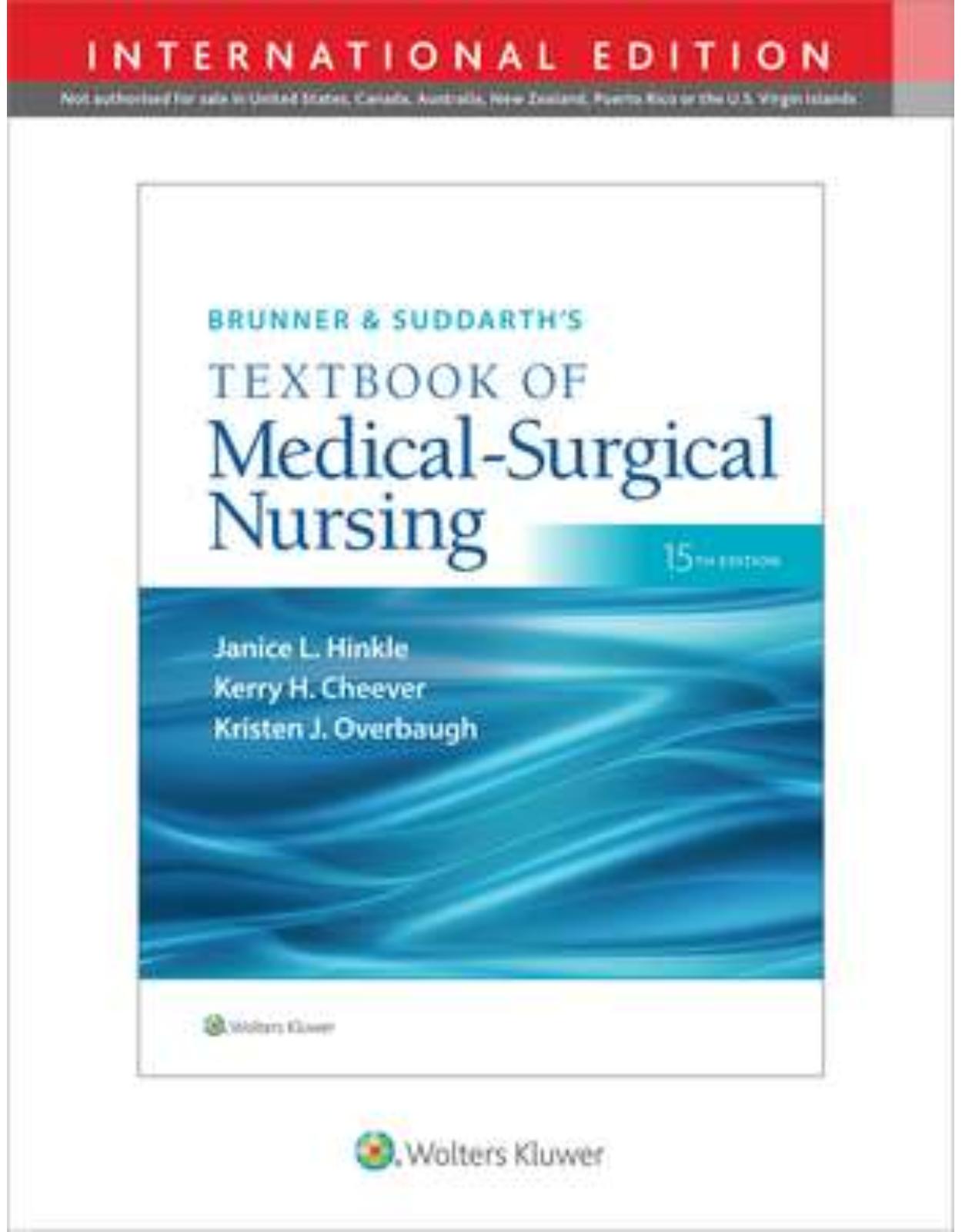
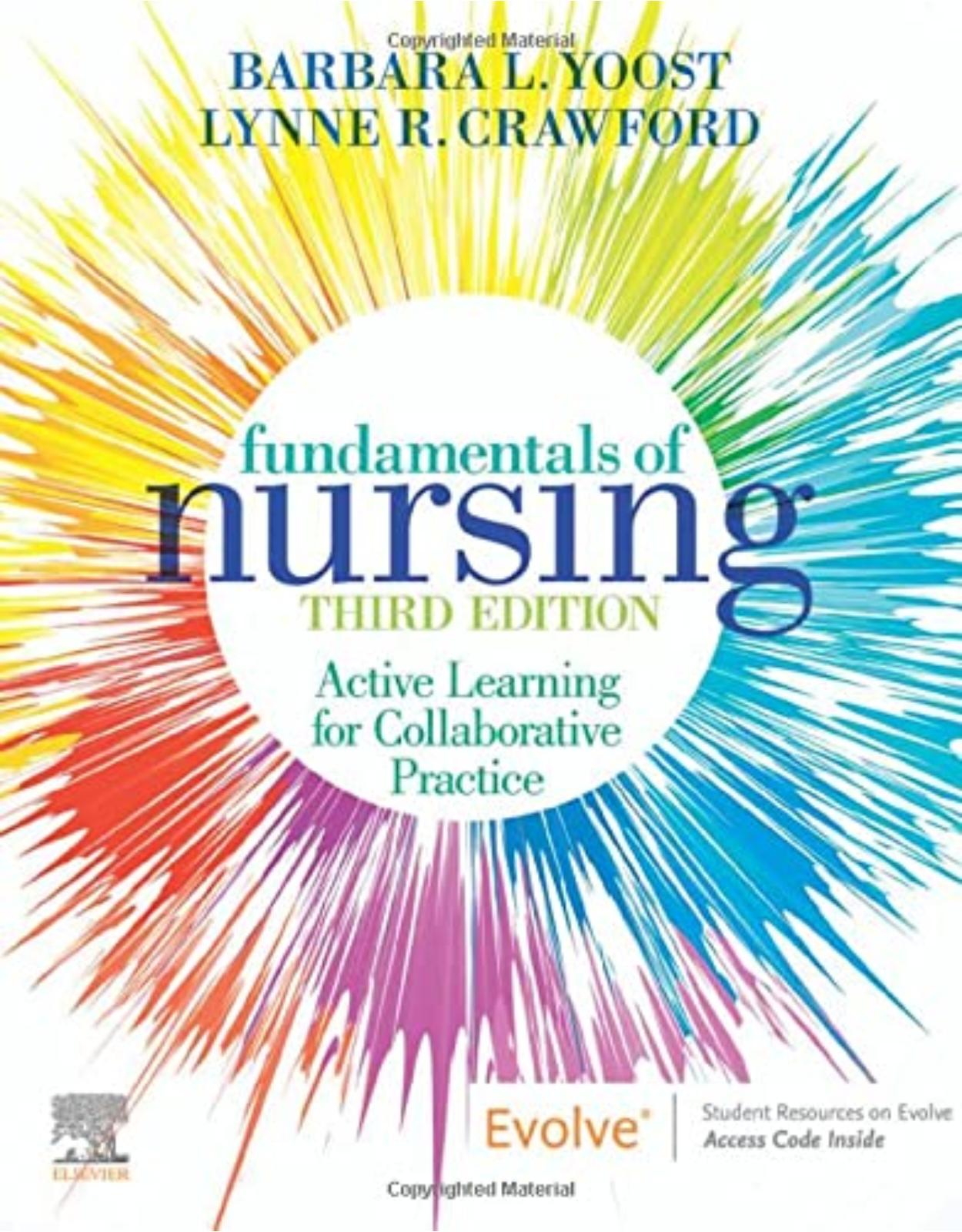
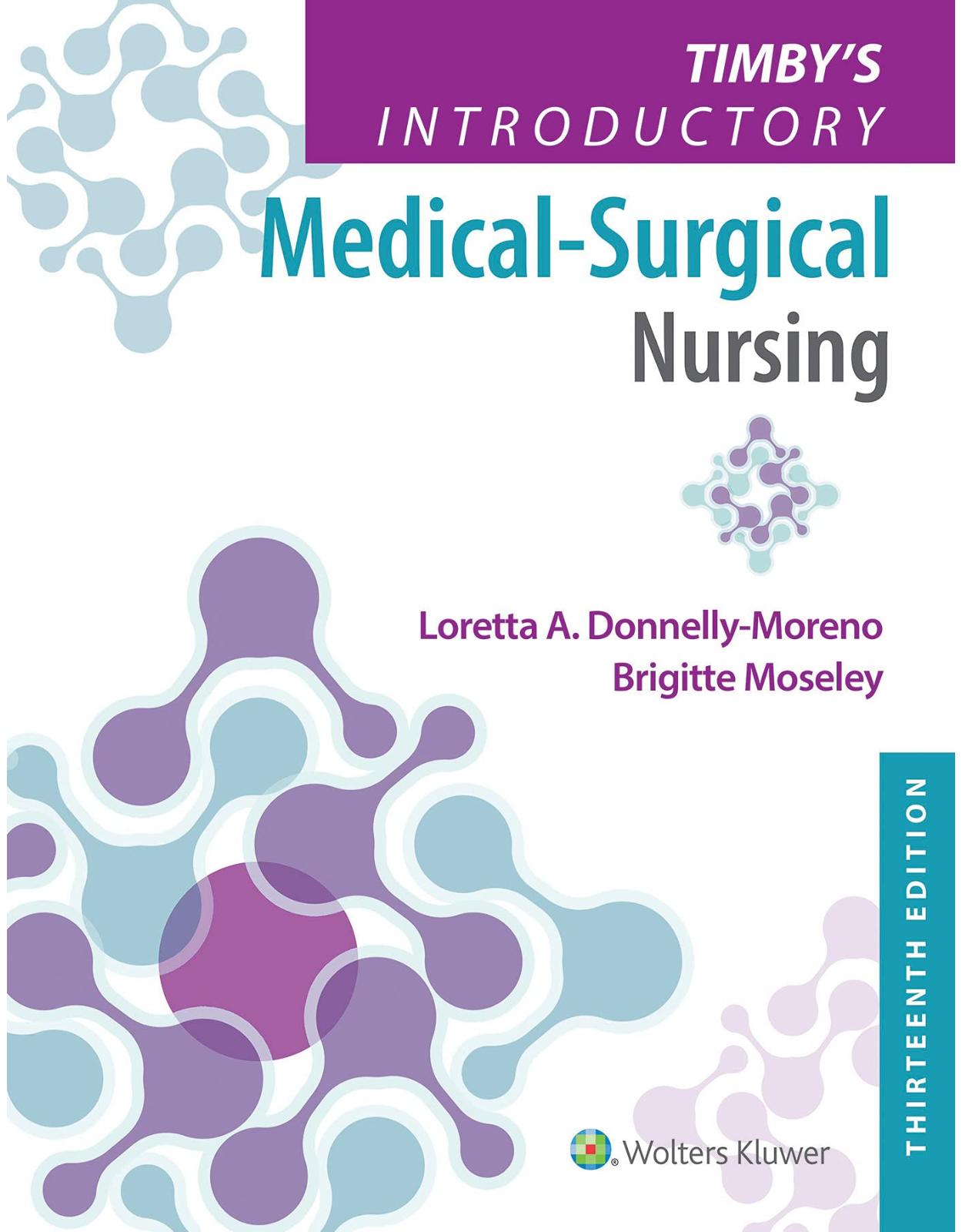
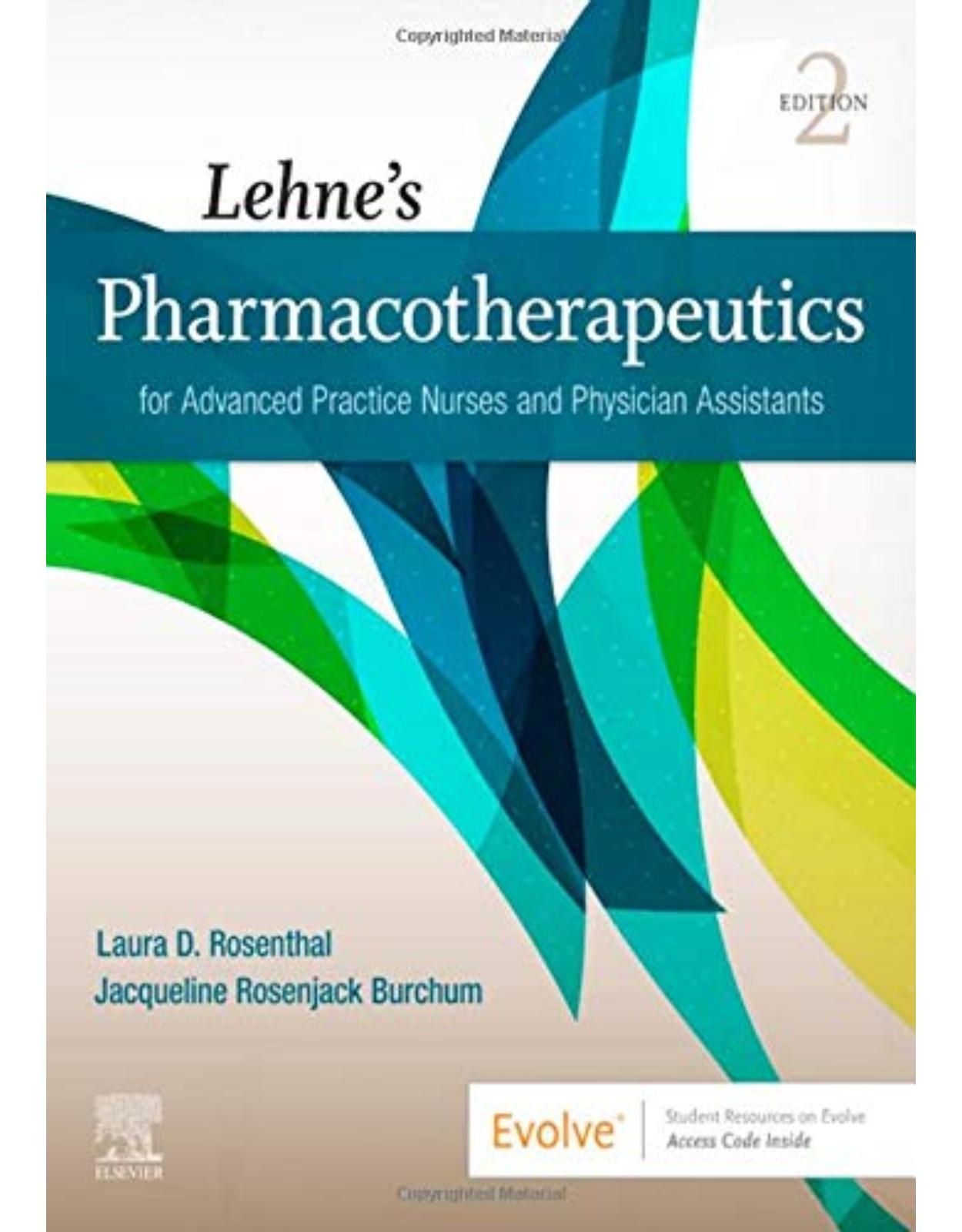
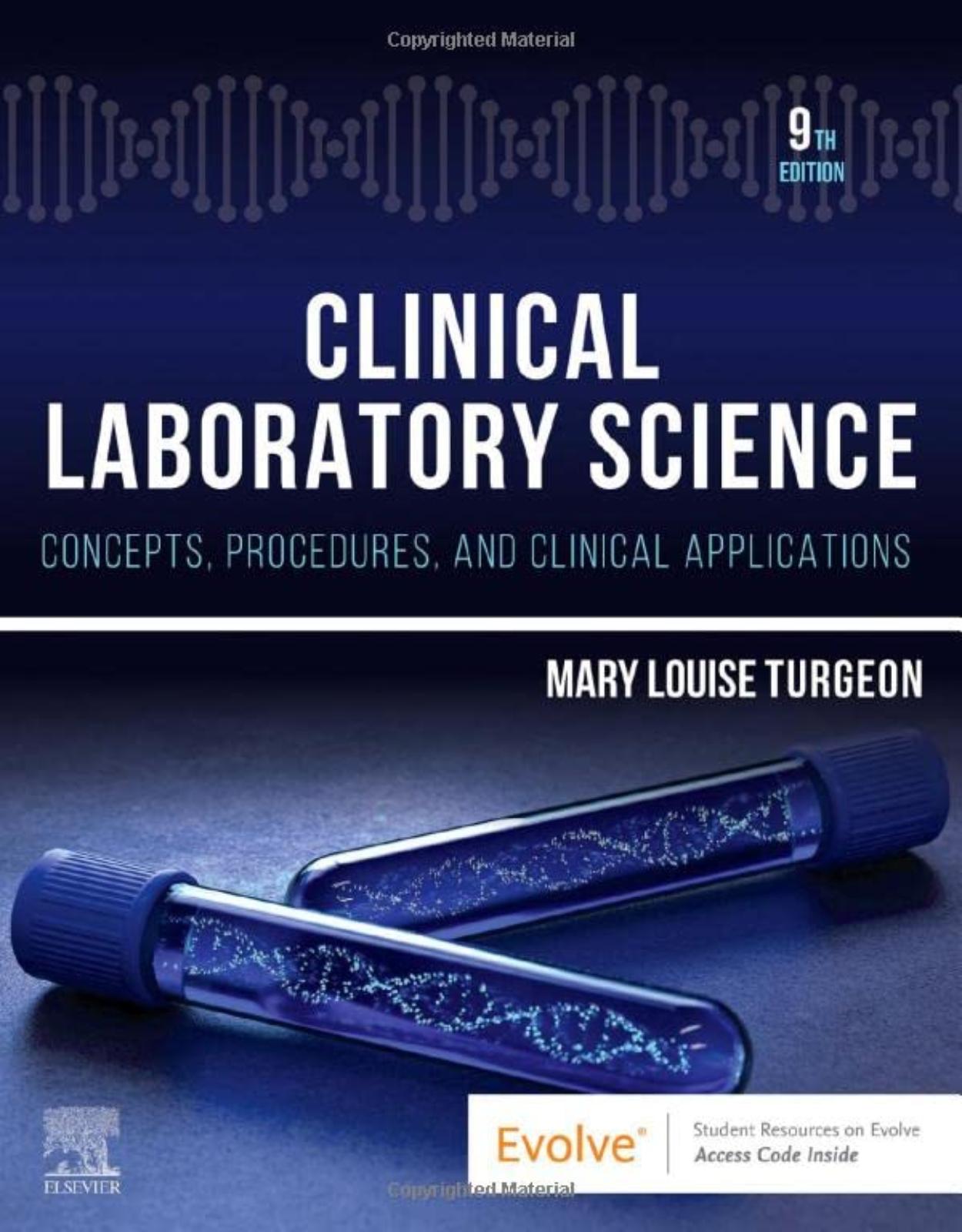
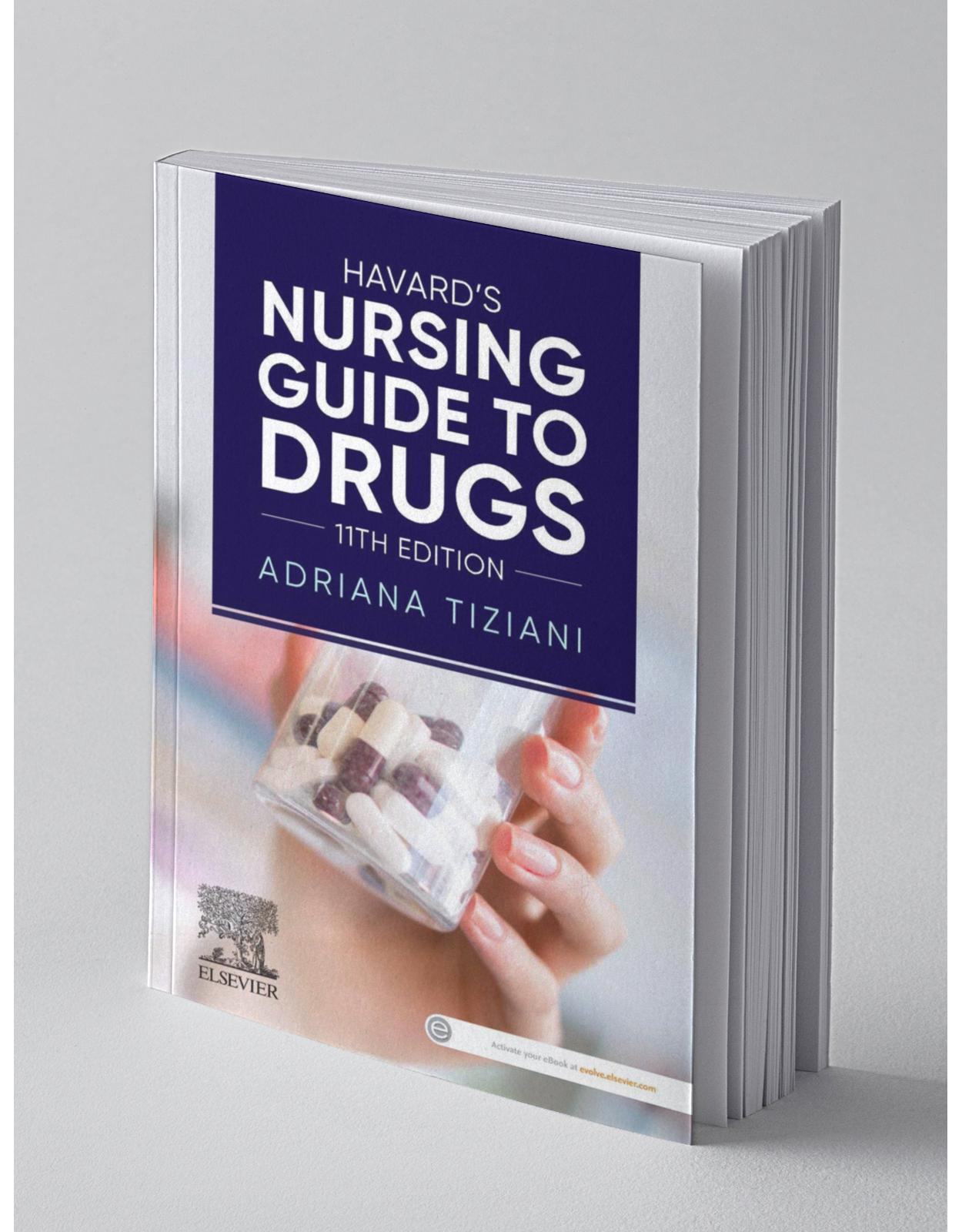
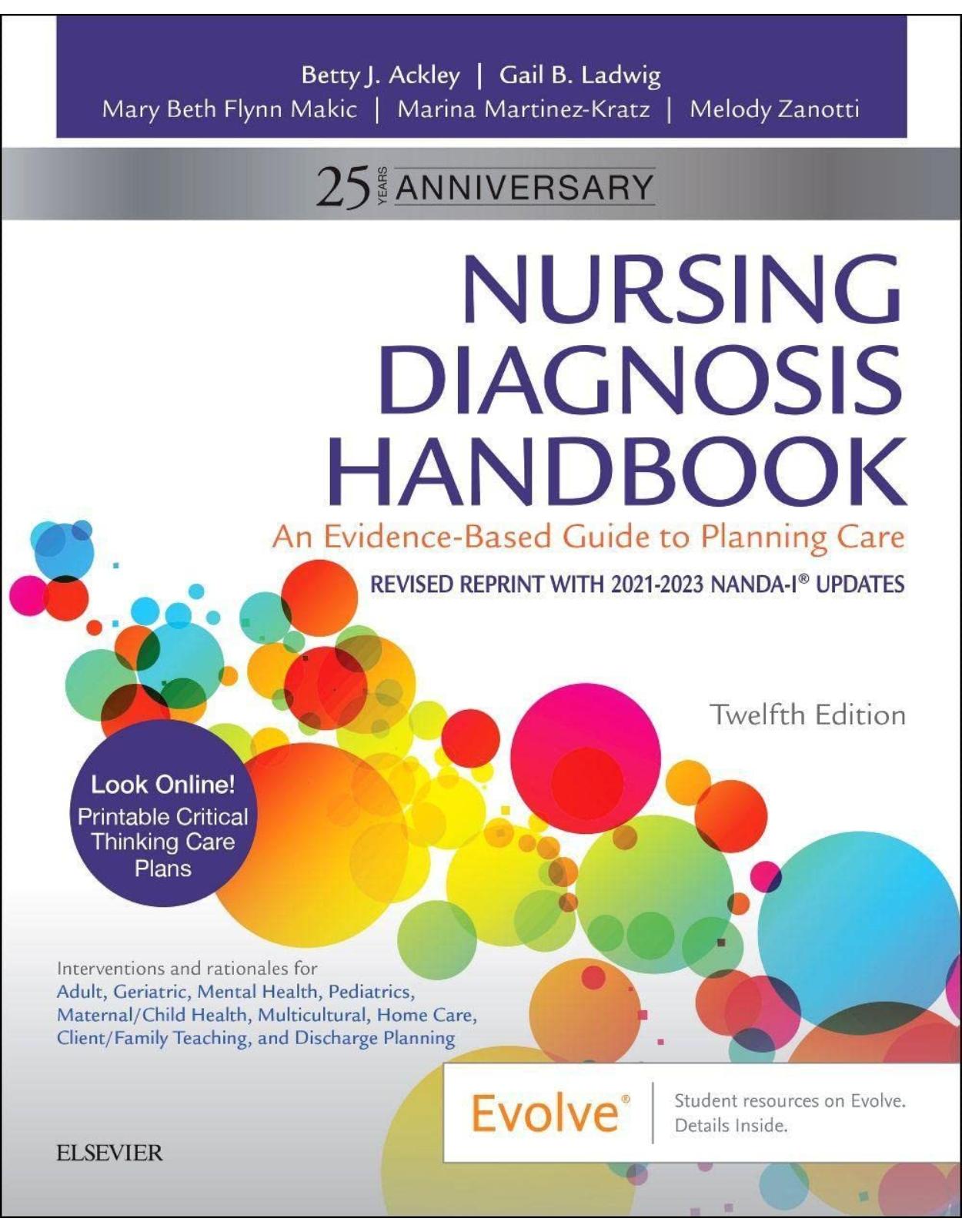
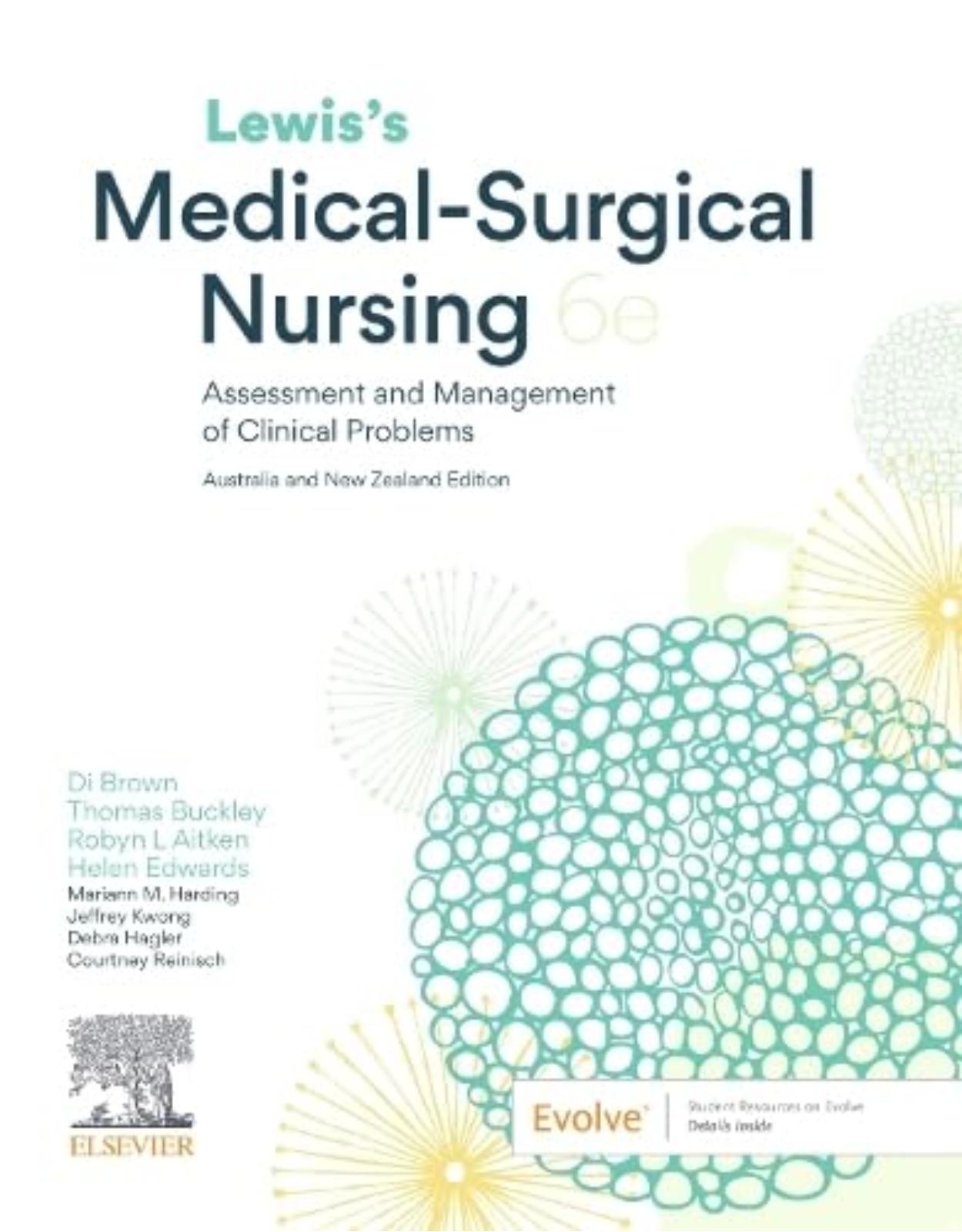
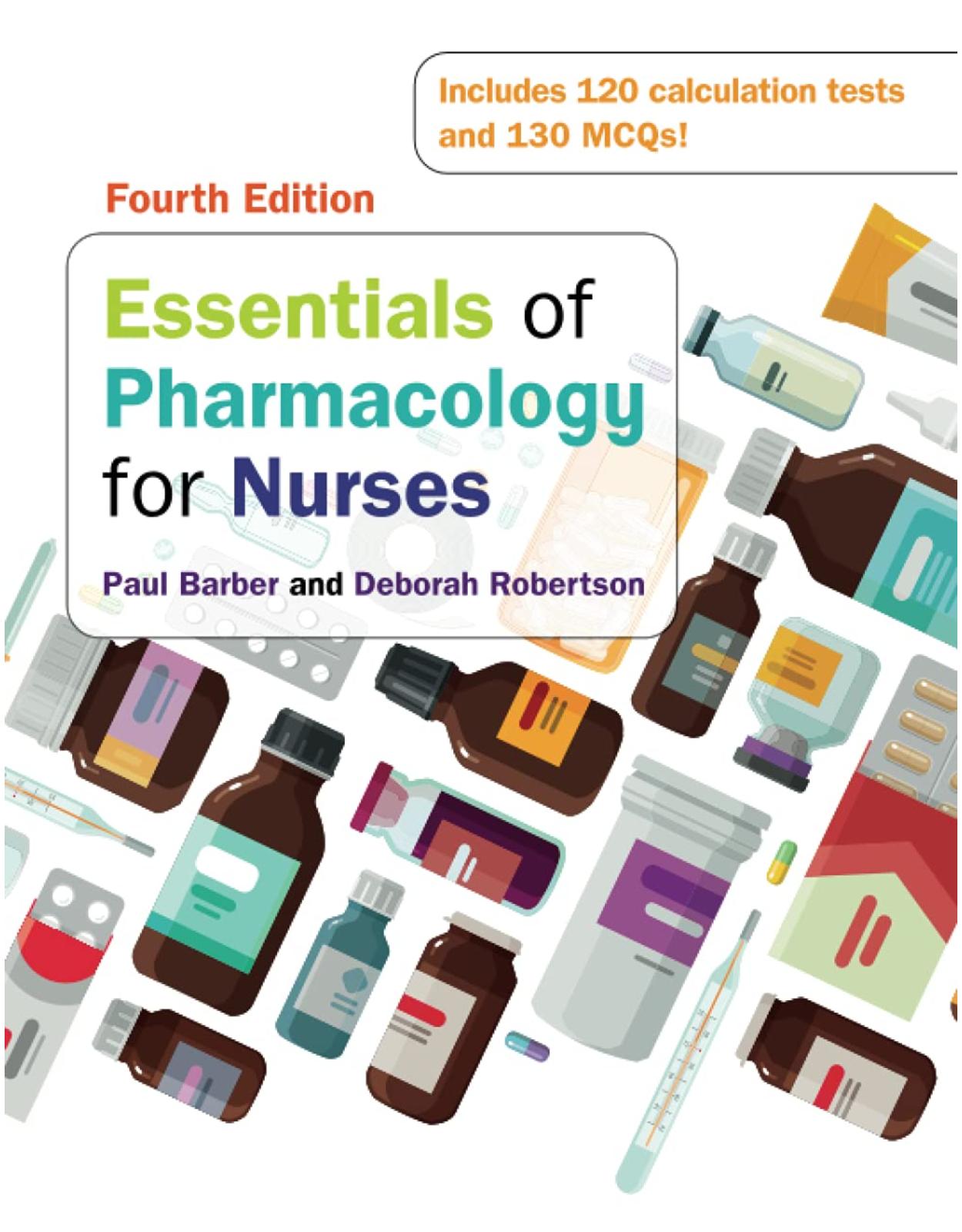
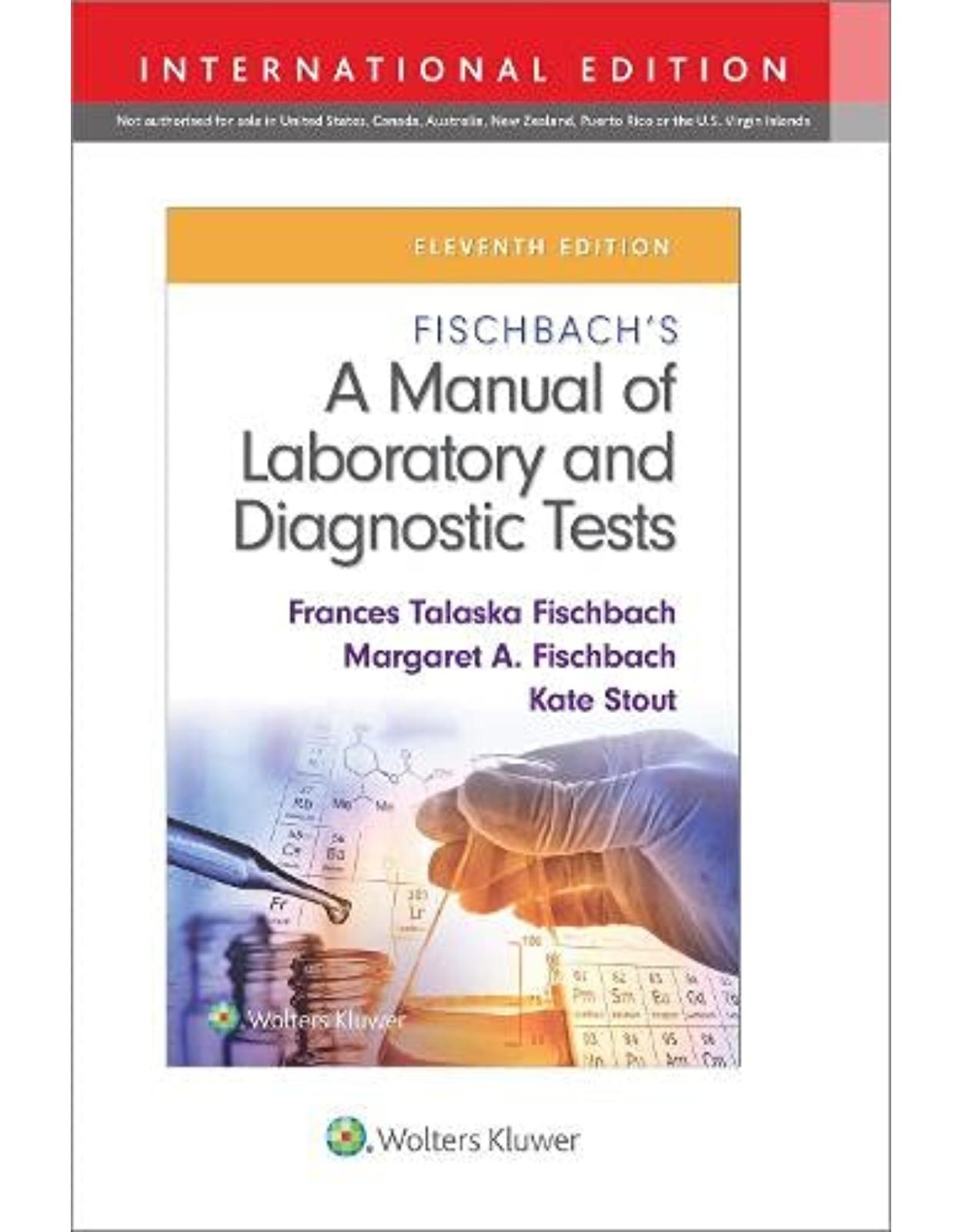
Clientii ebookshop.ro nu au adaugat inca opinii pentru acest produs. Fii primul care adauga o parere, folosind formularul de mai jos.